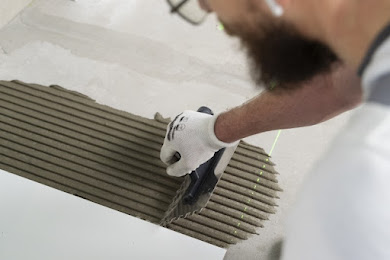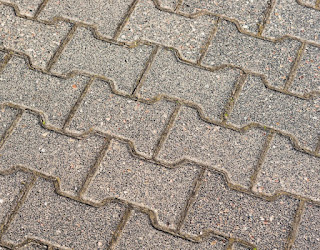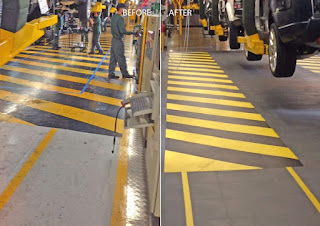Tilemaking: How Tiles are made
The world is changing rapidly and increasingly dominating mass production and technology. The development of urban areas and their high-quality design have pushed the architecture to utilize mass-production items and master the art of production. Tilemaking is one of those domains that is highly affected by mass urban development. Tilemaking is an art that requires precision and artistry to create fascinating and traditional designs. The production of tiles in the modern day is not simple. It requires many skills and techniques of a dedicated team who breathe new life into the useless mud.
Tilemaking in old times
In the old times, tilemaking was crafted by painting tiles with different decorative purposes. Traditional craftsmanship takes a backseat as modern techniques are in the market. The passion for art has changed to consumerism and unparalleled quality. Tiles are versatile flooring choices in many home offices, spaces and other places. The manufacturing of the flooring directly influenced the mood, lifestyle and way of homeowners.
Different Techniques of Making Tiles
Tiles are not a bag of mud or soil. Tiles are made by converting raw materials and medical things into pharmacy. Currently, many techniques make the process of tilemaking effective and efficient in manufacturing. However top 5 tilemaking processes and techniques are mentioned below for your consideration.
1: Extrusion Method
The extrusion method is commonly used for ceramic and porcelain tiles. In this method, a clay mixture is forced to make a mould or create tiles with uniform shapes and sizes. This technique is suitable for producing simple geometric shapes.
2: Dry Pressing
Dry processing is also a major tilemaking process. It is mostly used for porcelain tiles through dry processing. The technique of dry pressing is to control the temperature under high pressure. The results are a fine-grained surface.
3; Wet Processing
Ceramic tiles are used for wet tilemaking. It is tried to make them connect, but tile shapes typically take less dense and slightly rougher textures.




Comments
Post a Comment